🌸 The Way of the Jinas — Awakening Through Renunciation
Before the temples, before the idols, before the stories — there was silence. And in that silence, truth arose. This is the essence of Jain Dharma — a path not of belief, but of direct realization. The Jinas, the “Conquerors,” did not seek to rule the world; they conquered themselves. Through compassion, restraint, and profound awareness, they transcended the pull of desire and duality, revealing that liberation is not something to be found, but remembered.
In the Jain vision, every soul is inherently divine — capable of infinite knowledge, peace, and bliss once freed from the subtle dust of karma. Each pilgrimage, therefore, is not merely a journey through sacred geography, but a journey inward — toward one’s own pure, awakened nature.
Sanathana Yatra’s Jain Pilgrimages are crafted in this spirit: not as tours, but as meditations in motion. Here, every step becomes mindfulness, every bow a surrender to truth, and every breath aligns with the timeless rhythm of liberation.
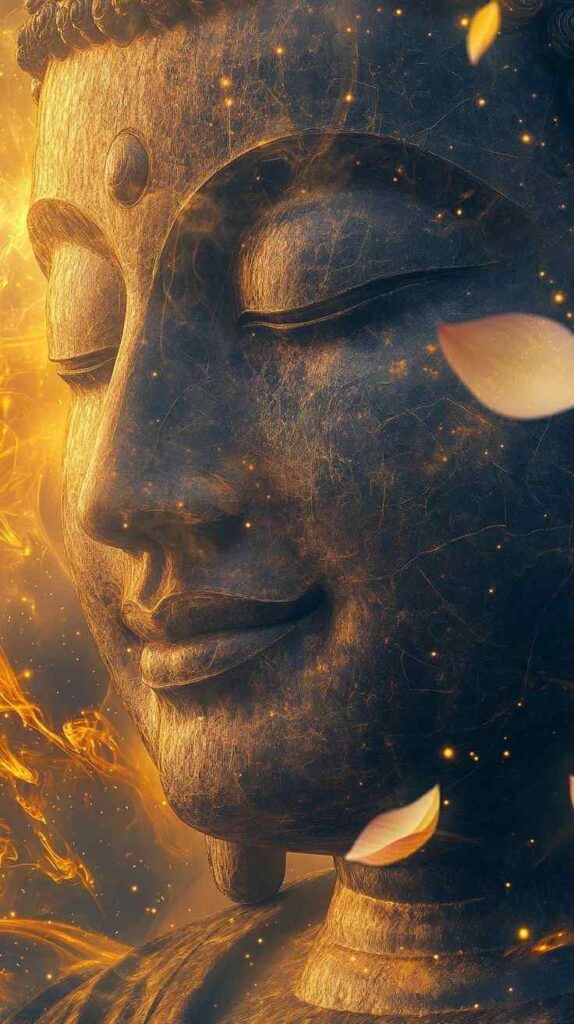
🕊 The Essence of Jain Yatra — Travel as Tapasya
A Jain Yatra is not about visiting sacred hills — it is about ascending the mountain of the self.
Every shrine becomes a mirror, every silence a sermon, every dawn a renewal of intention.
The journey unfolds through the three jewels of Jain philosophy —
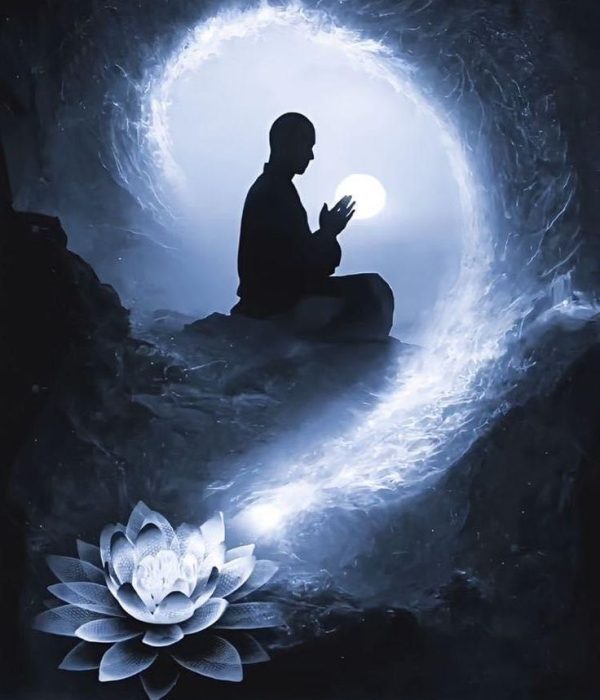
🕉 Samyak Darshan (Right Vision),

🪶 Samyak Jnana (Right Knowledge),
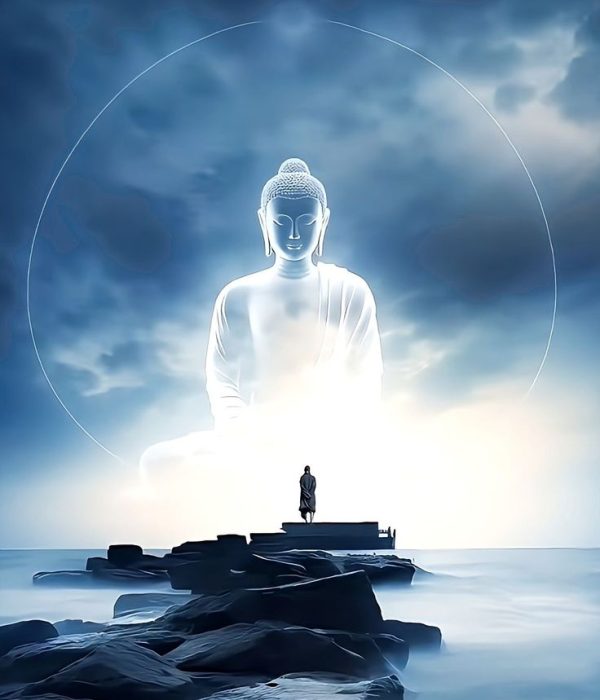
🌸 Samyak Charitra (Right Conduct).
Together, they shape a way of travel that purifies, not exhausts; awakens, not amuses. Sanathana Yatra guides pilgrims to move not as sightseers, but as seekers — learning to walk lightly, eat mindfully, and speak truthfully, mirroring the principles that sustain Jainism’s timeless purity. Each moment in these yatras is an invitation — to slow down, to observe, to listen to the silence between thoughts — where the soul begins to echo eternity.
🌄 The Sacred Peaks — Pilgrimage Sites of Liberation
From the white marble hills of Shatrunjaya to the silent caves of Shravanabelagola, Jain pilgrimages are pathways of light etched in stone and sky.
🕍 Shatrunjaya (Palitana, Gujarat): Known as the “Mountain of Victory,” it holds over 900 marble temples, each carved with breathtaking devotion. Climbing its 3,800 steps before sunrise is more than physical effort — it is spiritual purification. Here, every pilgrim whispers a silent vow: “May all beings find peace.”
🌿 Shravanabelagola (Karnataka): Atop the Vindhyagiri hill, the towering statue of Bahubali (Gommateshwara) stands serene and naked — symbolizing absolute detachment. Once in 12 years, the sacred Mahamastakabhisheka bathing ceremony transforms the hill into a living ocean of devotion.
🪶 Mount Abu (Rajasthan): Home to the exquisite Dilwara Temples, where every marble carving is a hymn of stillness.The detail is so fine, it is said artisans carved until breath became prayer.
🌸 Girnar (Junagadh): The hill ascended by Lord Neminatha, the 22nd Tirthankara — his renunciation echoes in every stone step and every pilgrim’s sigh.
🌾 Pawapuri (Bihar): The place of Mahavira’s Nirvana — where he entered eternal liberation. A temple built in the middle of a lotus-filled lake radiates peace so deep, time itself seems to pause. Each site on the Jain Trail is a living mandala of non-violence and introspection, guiding you gently from form to formlessness.

🔱 The Living Philosophy — Ahimsa as the Highest Pilgrimage
To be Jain is to walk softly upon the earth.
Every grain of sand, every droplet of water, every fluttering insect — all are sacred.
This reverence forms the foundation of Ahimsa — the commitment to non-violence in thought, word, and deed.
Through Ahimsa, the soul learns compassion; through compassion, it learns truth.
In Sanathana Yatra’s Jain Pilgrimages, this principle becomes practice:
- Meals are strictly Satvik and Ahimsa-based, sourced locally and respectfully.
- Journeys are timed with natural cycles, avoiding excess and waste.
- Pilgrims participate in guided meditations on loving-kindness and forgiveness.
Even silence becomes service — protecting the sanctity of every life form.
This is not merely environmental ethics — it is spiritual ecology.
To walk the Jain way is to remember that the divine is not above us, but within all that breathes.
🌸 The Path of the Tirthankaras
Tracing the Footsteps of the Enlightened Ones There were 24 Tirthankaras — luminous beings who rediscovered the path to liberation and opened spiritual “fords” across the river of samsara.
Their lives are not myths; they are maps — showing the way to transcendence.
- Rishabhanatha (Adinath) — the first Tirthankara, who taught civilization itself — agriculture, arts, and ethics.
- Parshvanatha — the compassionate reformer who emphasized the fourfold restraint: truth, non-stealing, chastity, and non-possession.
- Mahavira — the last and most celebrated Tirthankara, whose message of renunciation and equality reshaped India’s moral consciousness.
Through storytelling, guided meditations, and temple readings, Sanathana Yatra revives their timeless wisdom — helping pilgrims experience not only their teachings, but their presence — in stillness, in kindness, in courage.
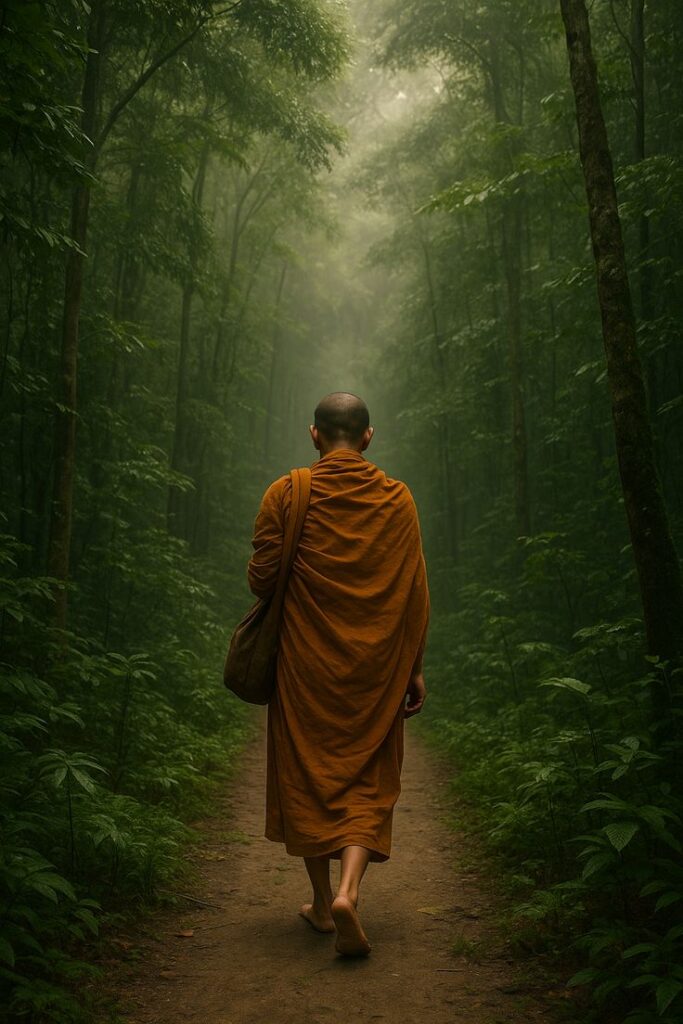
🕉 Jain Art & Architecture — The Aesthetic of Purity

Jain architecture is not built — it is carved out of silence.
Every pillar, dome, and idol expresses clarity, symmetry, and spiritual restraint.
- 🏛 The Marble Temples of Dilwara Here, devotion takes geometric form.
The ceilings bloom like lotuses, each petal carved by hands that never hurried. Every shadow is sacred — every echo a prayer. - 🌿 The Temples of Palitana and Ranakpur
Labyrinths of light and marble where sunlight plays through latticed stone, illuminating the divine within. Each temple seems to breathe — whispering the message: Purity is beauty. - 🎨 Manuscripts and Miniature Art
Jain painters turned philosophy into color — illuminating palm-leaf manuscripts with scenes of compassion and cosmic balance.
Travellers witness these living museums of faith, artistry, and restraint —
where even beauty serves enlightenment, not indulgence.
🌾 The Inner Discipline — Meditation, Silence, and Simplicity
The true temple of Jain Dharma is not made of marble — it is built within.
Through stillness, simplicity, and self-observation, the seeker polishes the mirror of consciousness.
Each Jain Yatra includes guided experiences of:

Preksha Dhyana — meditative awareness of body and breath.

Kayotsarga — total relaxation and release of the ego.

Samaik — the vow of equanimity and non-reactivity.
These practices allow pilgrims to carry home the calm of the mountains and the clarity of the monks — learning to dwell in silence even amidst the noise of life.
Because liberation does not arrive at the end of a journey — it begins when one stops running.
🌼 The Community & Compassion — Living the Jain Ethos
ainism is not a solitary path; it blossoms through community — through shared ethics and humble service.
Sanathana Yatra partners with Jain Ashrams, Sanghas, and educational trusts to ensure that travel supports:
- The welfare of temple caretakers, nuns, and monks.
- The preservation of ancient texts, rituals, and oral traditions. The empowerment of rural artisans and local guides.
- Pilgrims participate in Anukampa Seva — compassionate acts such as feeding stray animals, supporting orphaned wildlife, or helping village schools.
These acts are seen not as charity, but as Ahimsa in action — living devotion to all beings.
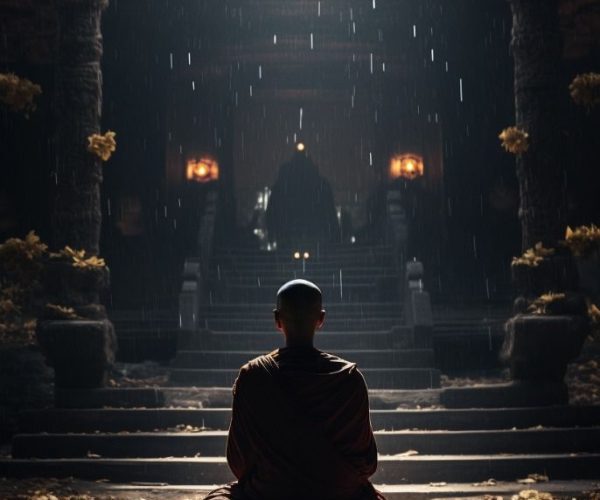
🪶 The Inner Realization — From Knowledge to Knowing
The Inner Pilgrimage: The truest journey is not to Shatrunjaya or Shravanabelagola, but into the heart — where the soul rediscovers its eternal, radiant, and untouched nature.
Realizations Through Silence: Through disciplined silence and clear insight, the pilgrim awakens to profound truths — that karma is both created and dissolved within, and that real freedom arises from awareness, not escape.
The Power of Pure Thought: Every step on the Jain path teaches that the highest prayer is purity itself — of mind, word, and intention.
The Luminous End of Journey: Each Jain Pilgrimage becomes a quiet inner revolution, guiding the seeker from searching outward to seeing inward — until only luminous silence remains.
🌺 The Eternal Message — From Pilgrim to Paramatma
The Eternal Truth of the Soul: At the heart of every Jain pilgrimage lies a simple, boundless truth — 🌸 the soul is divine, and it has always been free.
Worship as Inner Reverence: When pilgrims bow before Bahubali or climb the sacred peaks of Palitana, they are not adoring an external god but honoring the same divinity within themselves.
The Path to True Peace: Sanathana Yatra’s Jain Pilgrimages guide travelers toward peace born of understanding, restraint, and love — a serenity untouched by desire or conquest.
The Return of Sacred Strength: In a restless world, these journeys rekindle timeless virtues — the courage to be gentle, the power to be pure, and the strength to be silent.
Because the truest Yatra is not measured in miles —
✨ but in how much of yourself you can leave behind.
